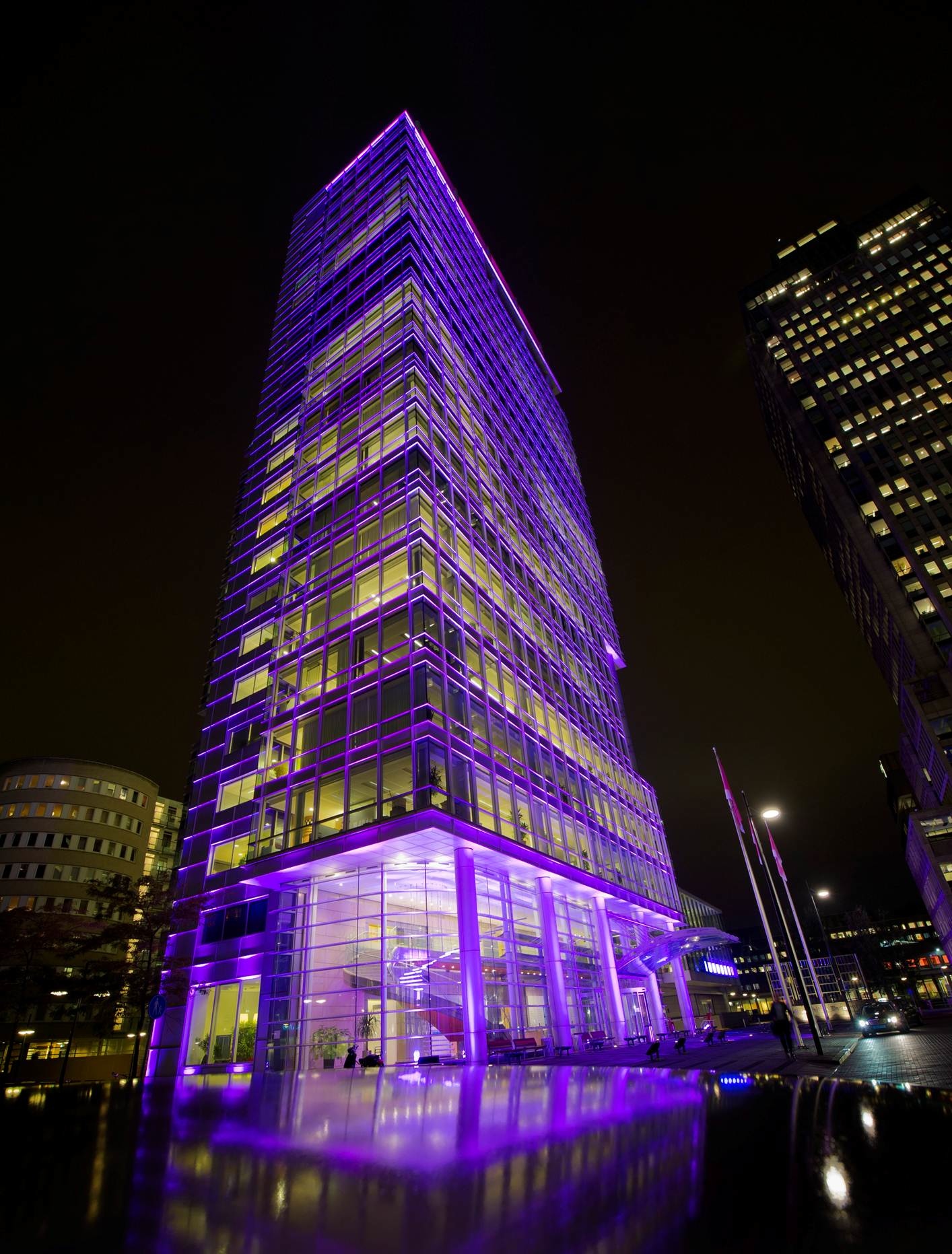The myth of LED energy savings

This is the first of two stories examining whether LEDs are truly slashing energy consumption as advertised by the industry.

LONDON - Light emitting diodes are almost certainly the future of lighting. Their best known advantage: They save a bundle of energy compared to conventional lighting.
Right?
Well, that depends on what "conventional" means. Indeed, if you swap out your living room's incandescent bulbs - the type that domesticated humans have been purchasing for over a century - you should slash electricity usage by around 80 percent.
But if you run a commercial office building, your energy saving is basically zippo. And for that, you get to pay a huge premium
Thus, while LED sales start picking up in the home market (especially with bulb prices finally coming down) and in the street lighting and outdoor markets (have you looked up at the Empire State Building this week?) where they replace various inefficient technologies, they're going nowhere fast in the huge commercial office sector.
This all came to light to me, so to speak, when I roamed the recent LuxLive 2012 lighting exhibition in London, talking to as many executives as I could corner from both the vendor and user side.
"The cost is prohibitive at the moment," said Iain Trent, senior project engineer with the UK's largest commercial property developer, Land Securities. "A medium sized 20,000 meter-square (215,000 square feet) space could be £350,000-to- £450,000 ($560,000-to-$720,000) additional. It's as simple as that."
Trent's point is not lost on the major vendors like GE and Siemens.
"Everybody's talking about LEDs, but it's the energy efficient fluorescent lights that are selling very well (in commercial offices)," said Rune Marki, UK managing director for Siemens' Osram lighting subsidiary, known as Osram Sylvania in the U.S.
There have been a few bright spots in indoor LED use. For instance, Phil Marshall, CEO of GE Lighting's Europe, Middle East and Africa region, noted that retailers are switching to LEDs because many of them have been using less efficient halogen and halide lighting that provides a more shopper friendly light than do fluorescents.
"But if you look at some other applications, like commercial office, the dynamics, the financials, aren't quite the same, so I think that might take a little bit longer," Marshall said.
Of course, LEDs offfer other advantages that commercial office users should - and I think eventually will - take onboard. One of the softer ones: According to Trent, they add fashion cachet that will start to attract tenants to upscale office space.
He's probably right, although LEDs have more convincing benefits. They don't contain environmentally hazardous mercury, whereas fluorescents do.
And LEDs last longer - supposedly 25 years, although if anyone has ever operated one for 25 years, they would have had to enter a time machine, because LEDs haven't been around that long.
Only time will tell if the quarter-century claim is valid. If it is, there are a lot of financial savings to be gained from eliminating years of new purchases (the industry likes to also say that offices will save on maintenance, but don't forget that you'll still have to send workers up ladders to clean the things).
But for now, especially in a sluggish economy defined by tight budgets, the vision of LED energy savings in commercial offices will remain mostly a dream.
--
In part 2, we'll note how the world risks negating LED efficiency savings by using more lighting than it ever has before, because LEDs make it easy to do so. Watch for the story soon on SmartPlanet.
Photos: Philips HQ from Philips. GE fluorescent lamp from GE.
Some very public LEDs on SmartPlanet:
- Empire State Building gets flashy new lighting system
- LEDs set 'fire' to Olympic rings in London
- GE caught paying for Olympic gold
- LEDs to dance at European Championship soccer
- LEDs atop Empire State Building
- LEDs turning sow’s ear into silk purse in Paris
- LEDs to bathe London’s Tower Bridge in Olympic gold and silver
Some ABCs of LEDs on SmartPlanet:
- More LED truths and half-truths
- When good lights go bad: LED breakdown
- The hot and cold of LED lighting
This post was originally published on Smartplanet.com